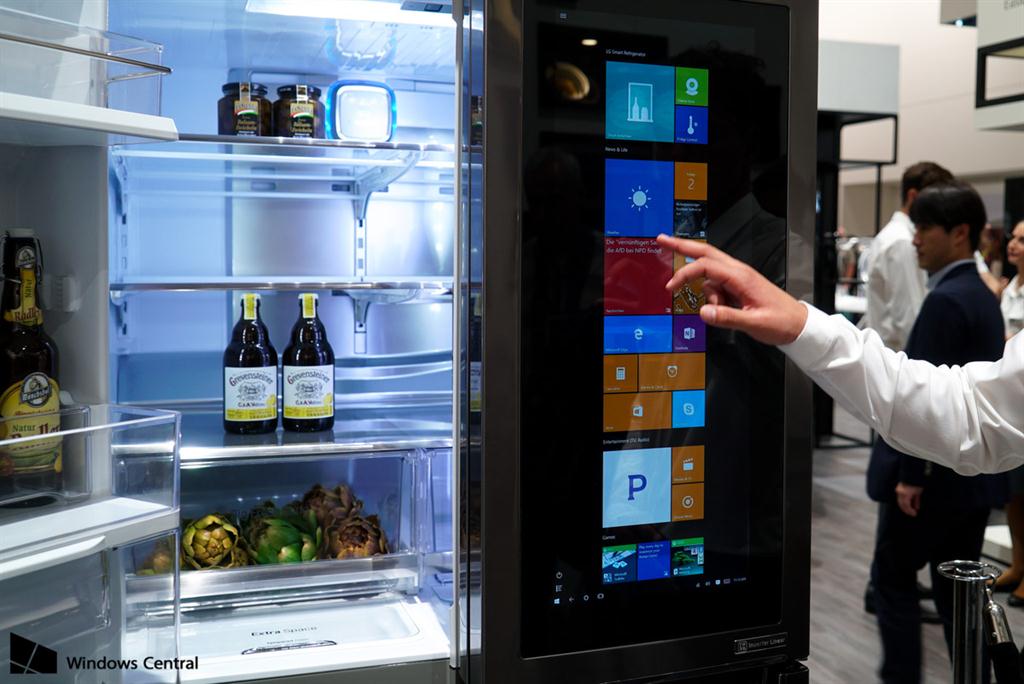
Internet of Things (IoT)
Hand in hand with the development of smart cities concepts is the rise in the internet of things. Defined as “[A] network of physical objects or ‘things’ embedded with electronics, software, sensors, and connectivity, to enable it to achieve greater value and service by exchanging data with the manufacturer, operator, and/or other connected devices. Each thing is uniquely identifiable through its embedded computing system, but is able to interoperate within the existing Internet infrastructure.”
To better illustrate what this will look like, there are several planned or ongoing large-scale deployments of the Internet of Things to enable better management of cities and systems. For example, Songdo, South Korea is a fully equipped and wired smart city. Nearly everything in this city was planned to be wired, connected, and turned into a constant stream of data that will be monitored and analyzed by an array of computers with little, or no human intervention.
Authors Andrea Caragliu, Chiara Del Bo, and Peter Nijkamp qualified smart cities in their “Smart Cities in Europe” book: “A city can be defined as ‘smart’ when investments in human and social capital and traditional (transport) and modern (ICT) communication infrastructure fuel sustainable economic development and a high quality of life, with a wise management of natural resources, through participatory action and engagement.”
Central to the concept of the smart city is a connected population. And while there is “no absolute definition of a smart city, no end point, [it is] rather a process, or series of steps, by which cities become more ‘liveable’ and resilient and, hence, able to respond quicker to new challenges,” more and more people are becoming involved in the smart cities concept. (bis 13 Smart Cities Background Paper) For the already connected, the LAN party has evolved into the hackathon. Civic hackathons are being held to “find solutions to problems facing our communities and play an important part in the effort to open government data for use by citizens, activists, and journalists”(Building the New Civic Hackathon). This ramped-up level of engagement has been facilitated by social media, particularly twitter, which may be the closest form of direct democracy we have. As we grow into management of our cities and our lives by machines, when the management of every mundane necessity is taken out of our hands, what remains will, hopefully, be for the good of us all.
Taking things to the next level, here is the University of Miami Center for Computational Science (CCS) Smart Cities Program Director (also Dean and Professor, UM School of Architecture) Rodolphe el-Khoury’s TED Talk on “Designing for the internet of things” giving us a fascinating glimpse at what living this way might be like through the literal building of smart things (like blankets), walls, homes, buildings, and cities.
SOURCE Wikipedia-Internet of Things
